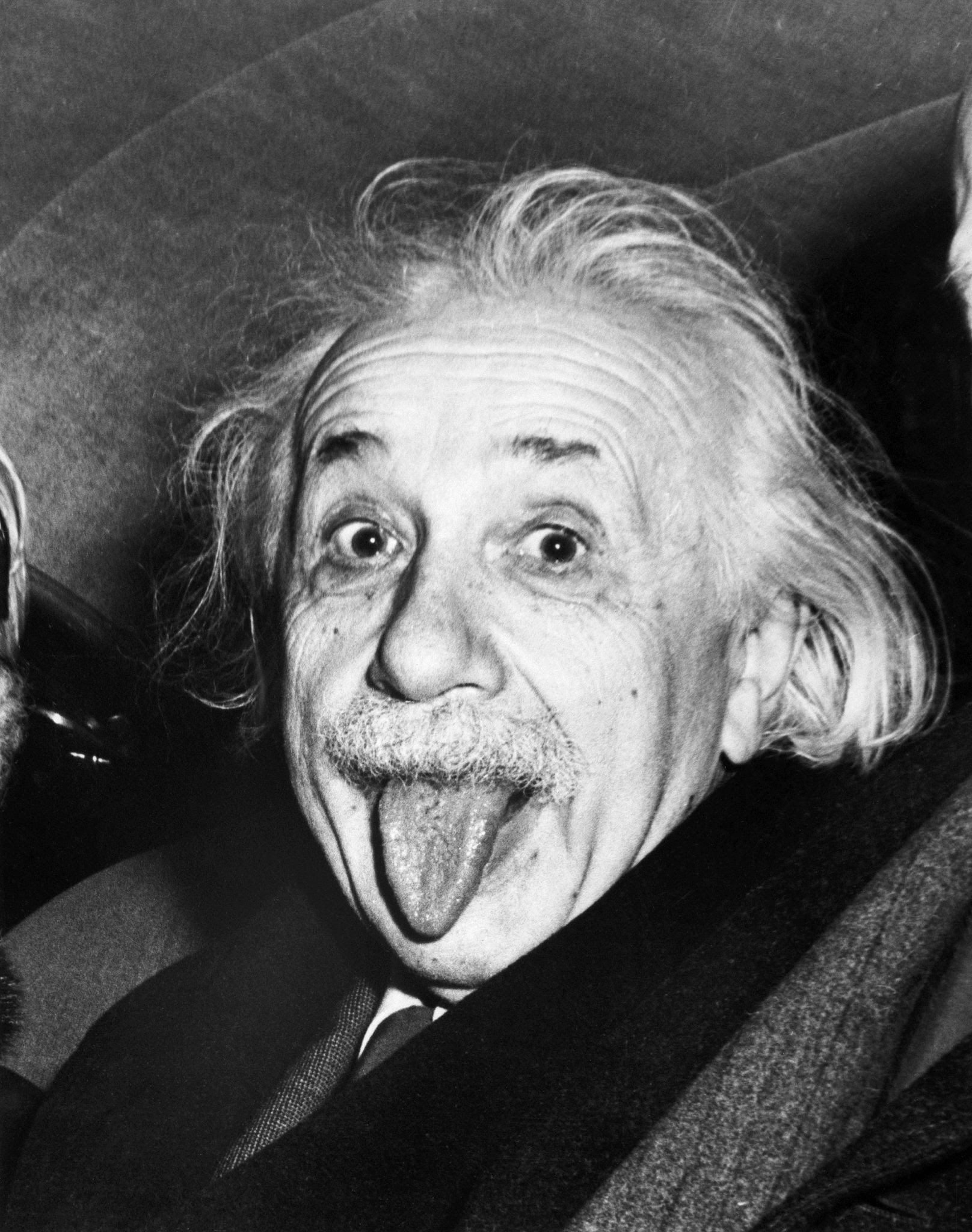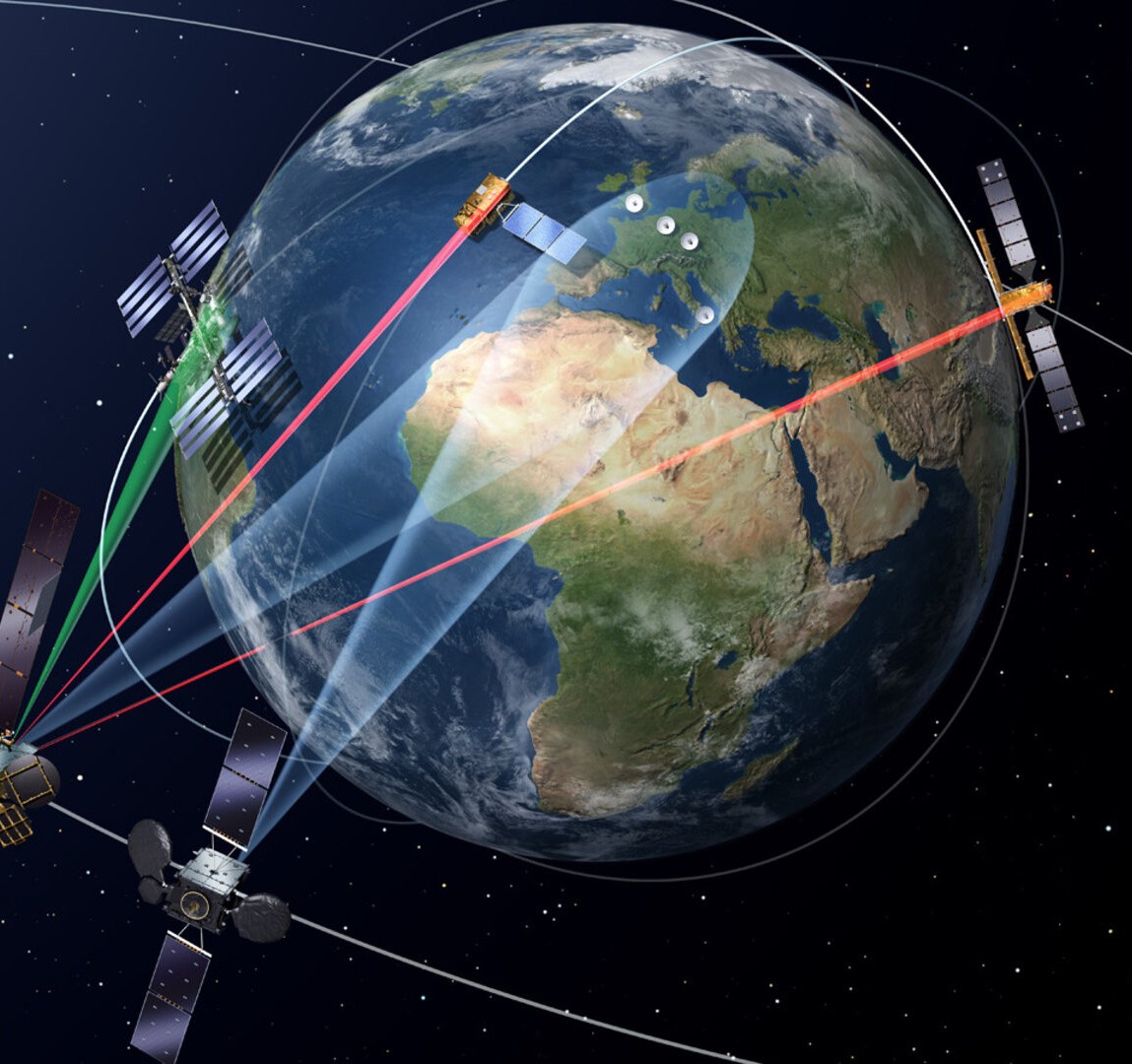History of Lasers

The history of lasers is a testament to human innovation and the remarkable strides made in scientific exploration. The concept of stimulated emission, a fundamental principle underlying lasers, was first introduced by Albert Einstein in 1917. However, it wasn't until the late 1950s that the groundbreaking potential of lasers was fully realized.
In 1958, physicist Theodore Maiman achieved a remarkable feat at Hughes Research Laboratories by demonstrating the world's first working laser. Using a synthetic ruby crystal as the gain medium, Maiman's laser produced a coherent and focused beam of light, marking a pivotal moment in technological advancement. This achievement laid the foundation for a diverse range of applications that would shape various industries.

Maiman's invention ignited a wave of exploration into laser technology. Scientists and researchers worldwide delved into different types of lasers and their potential uses. As a result, lasers quickly found their way into fields like medicine, where they became essential tools for precise surgical procedures and diagnostic imaging. In telecommunications, lasers enabled the transmission of information over long distances through optical fibers, revolutionizing global communication networks.
The applications of lasers continued to expand. In manufacturing, lasers became indispensable for cutting, welding, and engraving with unprecedented precision. The field of spectroscopy benefited from lasers' ability to emit specific wavelengths of light, enabling detailed analysis of substances and materials. Lasers even found their way into everyday life, enhancing entertainment through laser light shows and 3D displays.
Theodore Maiman, the physicist behind the first working laser, made significant contributions to the field of optics and photonics. His invention marked the beginning of a new era in technology and research.

Medical Applications

Communication Technology

Advanced Manufacturing